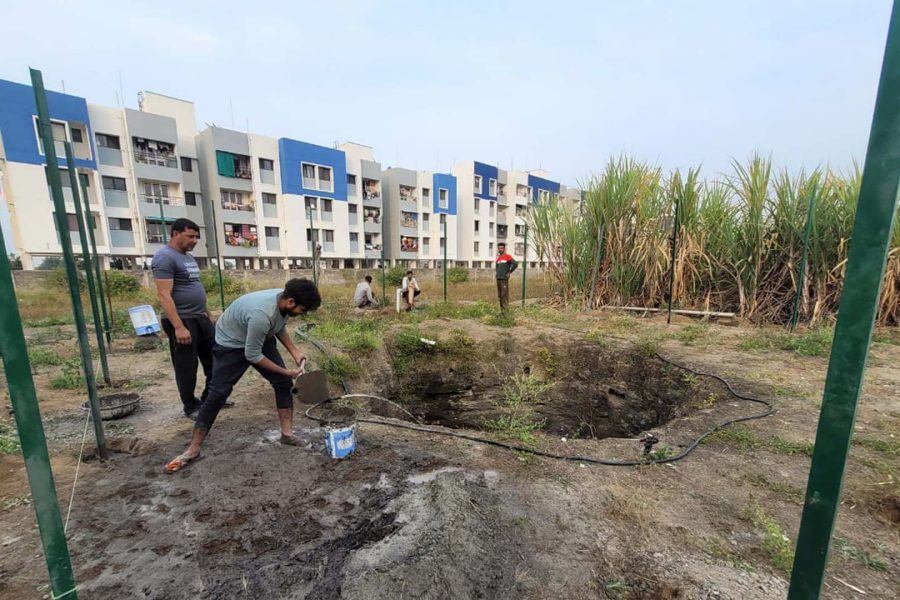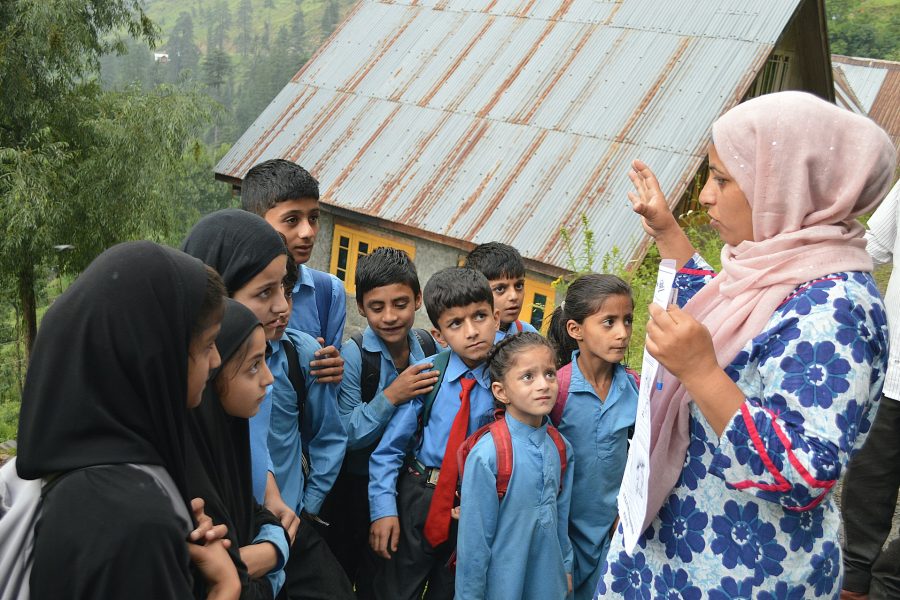People and animals have co-existed along the waters of the Jhelum river for centuries. Little villages crop up along the river banks, inhabited by locals, dependent on the forest, the river and their livestock for sustenance. Living side-by-side with nature isn’t always easy, but dependence on and respect for the environment that supports them, makes locals in the region more open to the idea of peaceful co-existence. Still, when humans live in proximity to wildlife, inching into the forests and encroaching on animal habitat, conflict is bound to arise.
Kashmir is no exception. Bears and leopards will, on occasion wander out of the forests in search of food and water, driven by desperation as they helplessly watch their habitat and prey base disappear. Finding easy prey among the livestock and sufficient food and water in the fields, the animals grow accustomed to venturing into human habitat. The resultant destruction of crops, killing of livestock and potential threat to human life, has caused tension between locals and the wildlife in the valley to rise over the years, as competition for food and space grows more intense.

Wildlife SOS understands that safeguarding wildlife in such regions is impossible without the active support and participation of the local communities. Awareness workshops, local training programs and community outreach programs have always been a central part of our conservation agenda.
With the Spring of 2015, came untimely snowfall and rainstorms, inadvertently affecting the flowering and fruiting cycles of the local flora and diminishing crop output in the local farms. With their natural food sources unavailable to them, animals will be more likely to wander out into the nearby villages and farms and destroy the few remaining crops.
Sensing that the situation could get out of hand and had the potential to increase man-animal conflict incidents in the region, Wildlife SOS’ branch in Kashmir decided to take preemptive measures to reduce the risk of any unfortunate conflict.
Wildlife SOS members travelled to the northern districts of Bandipora and Baramulla, and organized outreach programs with the locals to make them more aware of the need to protect the environment around them and steps that could be taken to mitigate any man-animal conflict situations that might arise in the area. The regions have been developing as potential sites of said conflict, with incidents on the rise over the last couple of years. Realising this, Wildlife SOS had approached the officers of the Wildlife Protection Department and discussed the possibility of expanding our work and efforts to these regions as well. A meeting with the additional District Commissioner of Bandipora had encouraging results, as we were assured all required administrative support for our work in the district.
A later visit to Bandipora saw the organization of roadside meetings with locals from Chitternaag, Ayatmulla, Ahem-Sharief and Buthoo districts where substantial loss of agricultural output and even human lives have forced numerous people to leave the village. These villages of nearly 1,750 households, lie at an altitude of 1,600-2,500 meters and are in close proximity to forests. Due to their relative inaccessibility and distance from the state capital, Srinagar, the inhabitants of the villages rarely encounter people addressing the issue of wildlife conflict mitigation and we are happy to report that they responded to the talks and programs with eager acceptance.

Understanding the importance of involving the locals and hearing their demands and grievances as well, Wildlife SOS arranged for a meeting with the village heads (called Sarpanches) of Tehsil Tangmarg and the district’s Range Officer, Mr.Amit Kumar, to discuss strategies to tackle man-animal conflict in the area. Appointed representatives of the village discussed common grievances related to the issue in their localities. The village heads offered suggestions like spreading awareness, clearing encroachments, creating local response teams and so on, all of which were supported by the team from Wildlife SOS. The heads also requested the providing of fences or enclosures around livestock sheds for some animal owners to protect cattle and the persuasion of insurance companies to allow insurance of livestock in case of animal casualties, predominantly caused by leopards. An agreement was reached to take up issues like lack of field staff, equipment and vehicular mobility with the concerned Member of Legislative Assembly of that area.
Wildlife SOS remains dedicated to the mission of conservation through man-animal conflict mitigation, rescuing wildlife in distress, spreading awareness and helping local communities live with and learn to respect the wildlife with which they share their environment.
If you would like to support our cause, consider donating to our efforts by following this LINK.




